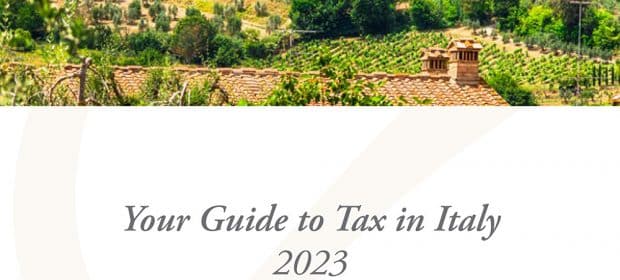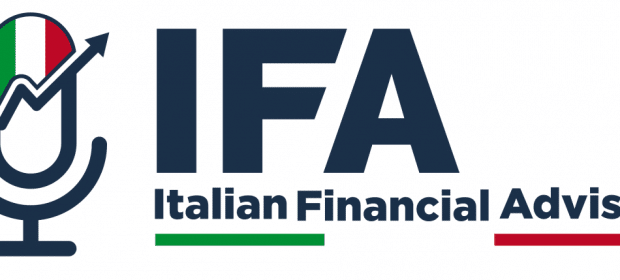Intesa presentation re: UBI Banca acquisition – February 2020
Instinctively, we could define “goodwill” as that aspect of a business that defines the value it provides to its customers. In accounting terms, goodwill is an intangible asset that arises in an acquisition when the price paid is greater than the value of the net assets received. It follows from this that “badwill” arises when you get assets of a greater value than the price paid for them. Such is the story of Italian banking (and most banks in Europe, to be fair) – their assets simply aren’t perceived as having great value. In Italy, in particular, after a long period of struggling with non-performing loans, the market is worried that a fresh batch will be showing up over the coming years once the effects of COVID support have worn off.
Moving on to Unicredit, there was some hope that under its CEO of recent years, Jean Pierre Mustier, that the bank could become an Italian champion of consolidation in Europe. In particular, Mr Mustier’s old employer, Société Générale, was floated as a potential candidate for a tie-up, and certainly a far more presentable option than that of a domestic union with Monte dei Paschi di Siena, undoubtedly the ugliest girl at the dance of Italian banking consolidation. In recent weeks, Mr Mustier has decided to hand in his resignation after clashing with his Board of Directors, so it seems only to be a question of time before the unhappy couple announces their engagement.
All of this concentration of banking assets in two main groups leads to a number of considerations. Firstly, the unhealthy connection between bank balance sheets and Italian sovereign credit risk seems to be growing. Between them, Intesa-UBI and Unicredit-MPS hold about €175bn of Italian sovereign debt (as at 30/06/2020). The banks themselves have also become so large that they might not only be “too big to fail”, but also “too big to save” – assuming that the ultimate backstop is always an implicit government guarantee.
From our perspective as depositors, whilst we wait for the proposed EDIS (European Deposit Insurance Scheme), the best we have is the Italian FITD (Fondo Interbancario di Tutela dei Depositi), which does guarantee deposits up to €100,000, but is based on a system of mutual assistance between the banks – if one of the two giants were to stumble, the system may well struggle to make good on all claims.
All this brings to mind the wisdom of the following quotation from Mark Twain:
“I’m more concerned about the return of my money
than the return on my money”
It clearly makes sense to have a bank account in Italy if you are living here, and there are some good, low cost options out there. Many of you may already have the bulk of your financial assets in Italy and some of you are probably thinking seriously about moving more funds here, given that a number of UK banks will struggle (or even refuse) to service Italian residents after Brexit. However, there are also good reasons to maintain a substantial portion of your financial assets outside of Italy, and I can help you to understand all the options and eliminate the complications that arise from the tax declarations. Please feel free to get in touch if you’d like to learn more.
And with that, the only thing left to do is wish you all a pleasant and relaxing Christmas and New Year – with any luck, 2021 will be a substantial improvement on 2020 (admittedly a low bar to jump over!).












